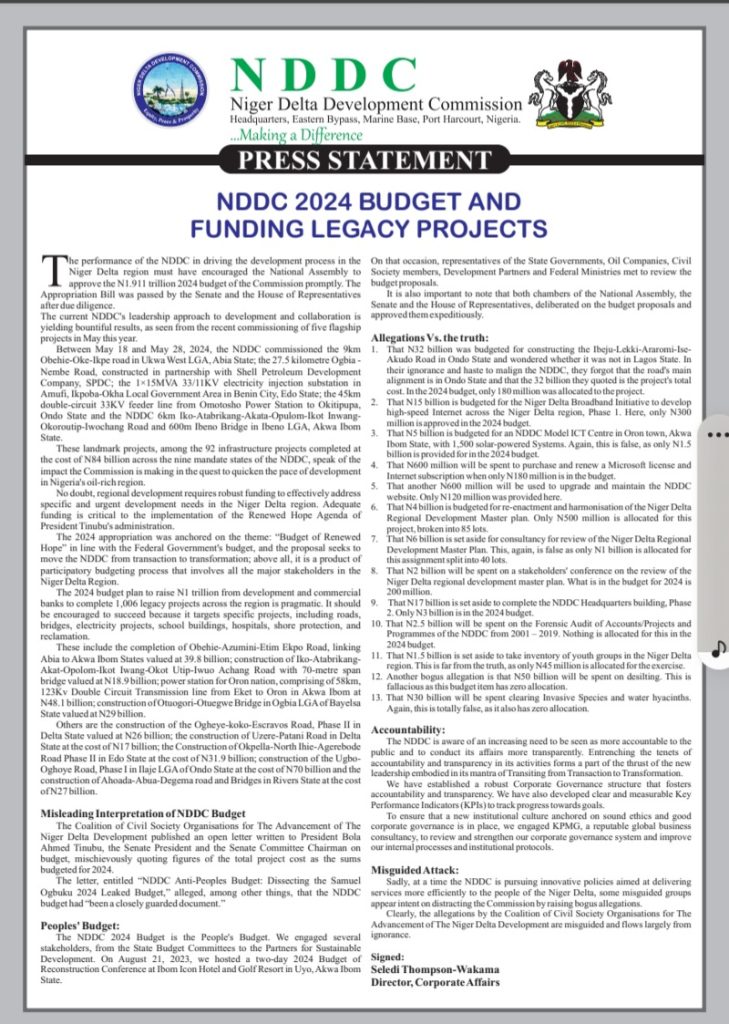In a recent World Bank study, it was revealed that Nigerians living abroad sent a staggering $20.1 billion back home in 2022, marking the highest remittance in Sub-Saharan Africa for the year. This substantial contribution accounted for a remarkable 38% of the total remittances in the region, surpassing other African nations like Ghana (11.9%), Kenya (8.5%), Tanzania (25%), Uganda (17.3%), and Rwanda (21.2%).
The World Bank’s report, titled “Remittances Remain Resilient But Are Slowing,” shed light on the critical role remittances played in assisting struggling African nations facing various challenges, including food insecurity, supply chain disruptions, severe droughts (such as the Horn of Africa drought), floods in several countries (including Nigeria, Chad, Niger, Burkina Faso, Mali, and Cameroon), and debt servicing issues.
Globally, remittances to low- and middle-income countries (LMICs) reached a substantial $647 billion. While a moderate growth of 1.4% is predicted, with remittances expected to reach $656 billion in 2023, this source of external finance remains crucial for LMICs.
The World Bank emphasized that remittances have consistently outperformed foreign direct investment (FDI), official development assistance (ODA), and portfolio investment flows as a vital source of external finance for LMICs. This significance becomes even more apparent when excluding China from the comparison.
The report highlighted that remittances have become the primary foreign exchange earners for several countries, citing Kenya as an example where remittances surpass the earnings from key exports like tourism, tea, coffee, and horticulture. Other countries, including the Gambia, Lesotho, Comoros, and Cabo Verde, also rely significantly on remittances as a proportion of their GDP.
However, Sub-Saharan Africa faces the highest remittance expenses globally, illustrating the high cost of remittance services on the continent. Senders had to bear an average cost of 8.0% to send $200 to African countries during the fourth quarter of 2022, compared to 7.8% in the same period in 2021. These costs vary widely across the region, ranging from 2.1% to 4.0% in the lowest-cost corridors to a staggering 17% to 35% in the highest-cost ones.
Banks were identified as charging the highest remittance costs, underscoring the importance of promoting cross-border mobile money transactions. Limited interoperability among telecom operators and money transfer operators in countries like Kenya, Rwanda, Tanzania, and Uganda currently constrains such transactions.
Despite the remarkable remittance inflow in 2022, projections indicate a slowdown in remittance growth for Africa, with expectations of a 1.3% increase in 2023, down from the 6.1% growth witnessed in 2022. The World Bank cautioned that risks to this outlook include potential capital outflows, foreign exchange controls, and sanctions.
Notably, Nigerians living abroad have repatriated approximately $168 billion to Nigeria over the past eight years, reflecting the significance of diaspora remittances to the Nigerian economy.
In line with this trend, the Central Bank of Nigeria (CBN) has encouraged Nigerians abroad to consider using eNaira as a payment option for diaspora remittances. This initiative, outlined in the CBN’s circular titled “Operational Framework for eNaira Payment Option to Recipients of Diaspora Remittances” dated June 15, 2023, is part of efforts to liberalize the payout of diaspora remittances and streamline the process for Nigerians abroad.










